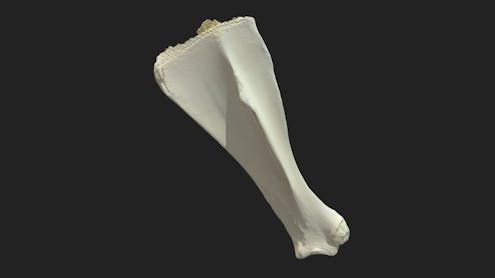
horses shoulder blade info...
The shoulder blade in a horse, also known as the scapula, is a prominent bone that plays a crucial role in the horse's musculoskeletal system. Here are five key pieces of information about a horse's shoulder blade:
- Anatomy:
The scapula is a flat, triangular bone located in the horse's forelimb. It forms the base of the shoulder joint and is connected to the upper arm bone (humerus) and the chest wall through a complex network of muscles, ligaments, and tendons.
- Function:
The shoulder blade is integral for the horse's locomotion and support. It allows the horse to flex and extend its front limb, bearing weight and facilitating movements such as walking, trotting, cantering, and galloping. The muscles attached to the scapula play a significant role in the horse's ability to raise and lower its head.
- Injuries and Issues:
The shoulder blade can be susceptible to injuries, such as fractures, strains, and sprains. These injuries can result from trauma, overexertion, or repetitive stress. Lameness in the forelimb can often be attributed to issues in the shoulder region.
- Veterinary Examination:
When a horse displays signs of lameness or discomfort in the front limb, it is essential to have a veterinarian conduct a thorough examination and, if necessary, diagnostic tests, including radiographs, to assess the condition of the shoulder blade and surrounding structures.
- Treatment and Management:
Treatment of shoulder blade injuries may involve rest, anti-inflammatory medications, physical therapy, and other therapeutic modalities. In some cases, surgical intervention may be required to address specific issues. Careful rehabilitation and management are crucial for a horse's recovery and long-term soundness.
Proper care, early diagnosis, and diligent management of shoulder blade issues are essential for the overall well-being and performance of a horse. Regular veterinary care and proper conditioning and training techniques can help maintain the health of the shoulder blade and the horse's forelimbs



